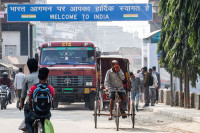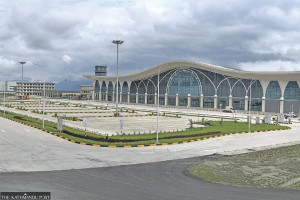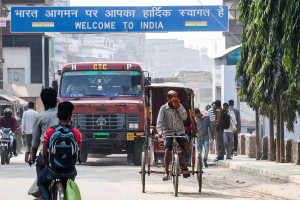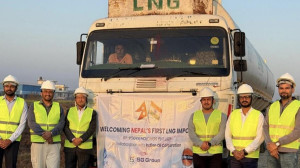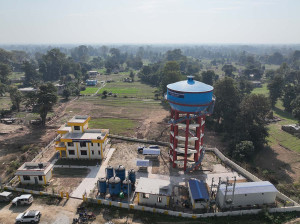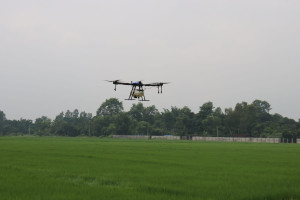Money
Studies to begin for two storage-type hydro projects
The Department of Electricity Development has started work to develop two storage-type hydropower projects with a combined capacity of 838 MW, one on the Khimti River on the border between Dolakha and Ramechhap.
Prahlad Rijal
The Department of Electricity Development has started work to develop two storage-type hydropower projects with a combined capacity of 838 MW, one on the Khimti River on the border between Dolakha and Ramechhap districts and the other on the Bharbung River in Dolpa, in line with the government’s strategy to generate 5,000 MW of electricity within five years.
The department has invited expressions of interest to carry out feasibility and environmental impact studies for these two schemes. The first project, Khimti Those Siwalaya Storage Hydropower Project located in Dolakha and Ramechhap has an installed capacity of 326 MW. The second project, Bharbung Storage Project, is located in Dolpa and has a capacity to produce 512 MW.
“The government’s priority is to construct storage-type hydropower projects as they are used to supply uninterrupted power during the dry seasons,” said a department official. “We have invited bids to prepare the feasibility studies for these projects after getting the necessary funding assurance from the government.”
The selected consulting firms are expected to start work in September, and they are required to complete the feasibility and environment impact assessment report for the Khimti Those Siwalaya project within 30 months and for the Bharbung project within 36 months from that date. The government prioritised the two reservoir projects citing the need to increase power generation in the dry season under its plan and policy for this fiscal year.
The proposed Khimti Those Siwalaya Hydropower Project will utilise the waters of the Khimti River, a major tributary of the Tamakoshi River, that lies on the border between Dolakha and Ramechhap districts. The project has identified two potential sites for the powerhouse. The plant is expected to operate during the dry season from December to May and generate electricity for 6 hours daily. Production will peak at 310 MW in January. As per a preliminary study, the Khimti reservoir will hold 633 cubic megametres of water.
According to the department, the Khimti Those Siwalaya Hydropower Project could impact two nearby projects—Khimti I Hydropower Project (60 MW) constructed by Himal Power Company, and the Khimti II Hydropower Project (48 MW) being developed by Peoples’ Hydro Company. Another 7 MW project being developed by Himalayan Urja Company also faces the threat of inundation.
“The feasibility study will tell us what impact the proposed Khimti Those Siwalaya Hydropower Project will
have on these three projects,” said officials.
The proposed 512 MW Bharbung Storage Hydropower Project in Dolpa is expected to be built with an auxiliary 10 MW run-of-the-river scheme on the Tatu River after diverting water to the Bharbung reservoir. The Bharbung River is a snow-fed river that flows down from Mt Dhaulagiri. The Bharbung plant is expected to operate for 7-8 hours daily.
The department said that the consultants would be required to submit separate reports of the feasibility study and the environmental impact assessment. They will need to show detailed field surveys, investigation and economic and financial analysis as well as possible benefits from fishery development and tourism, officials said.
The Nepal Electricity Authority has revived the 828 MW Uttar Ganga Hydroelectric Project which is also a storage-type project and has invited expressions of interest for consulting services to prepare a detailed engineering design and bidding documents.




 18.12°C Kathmandu
18.12°C Kathmandu





